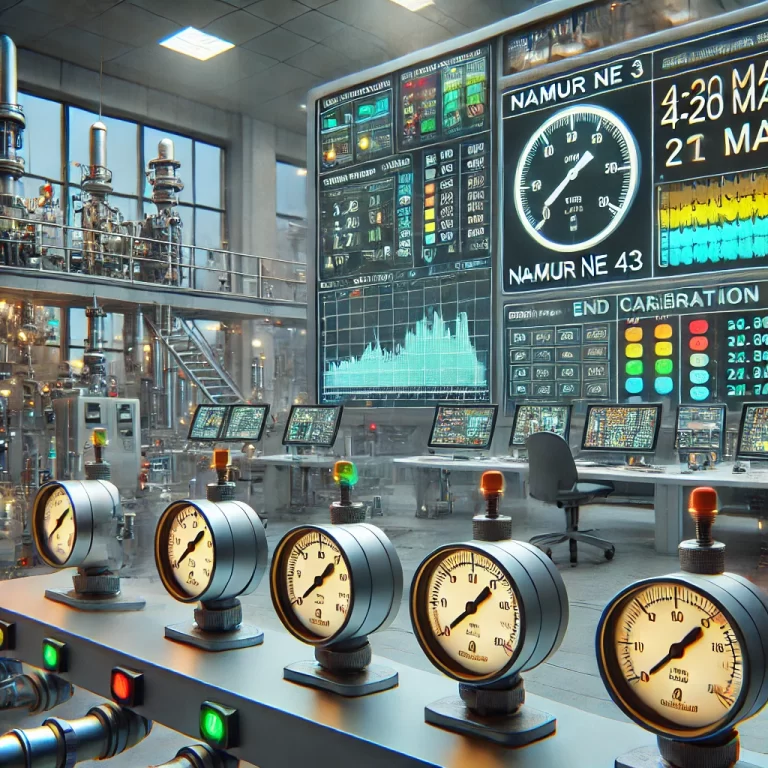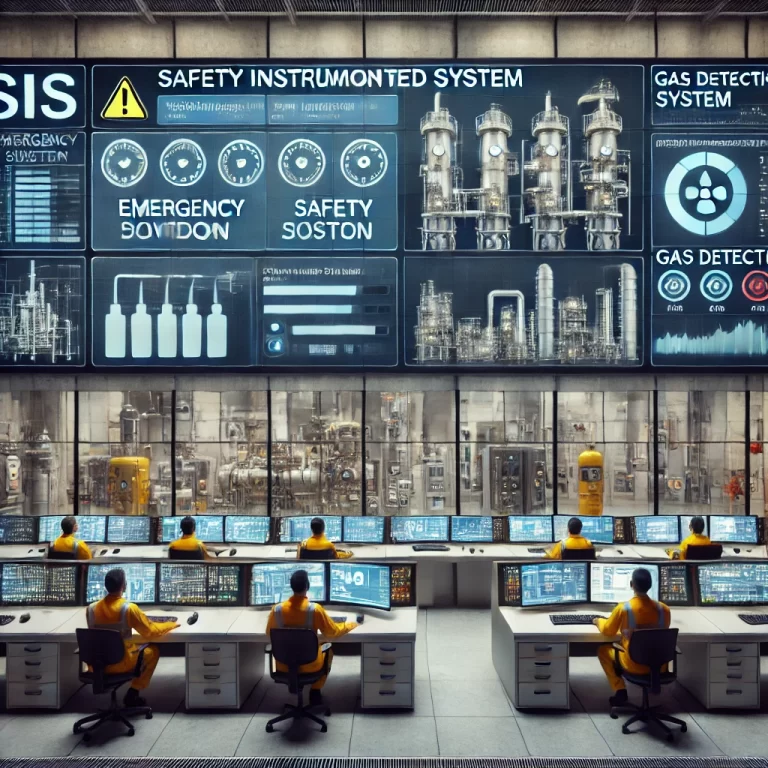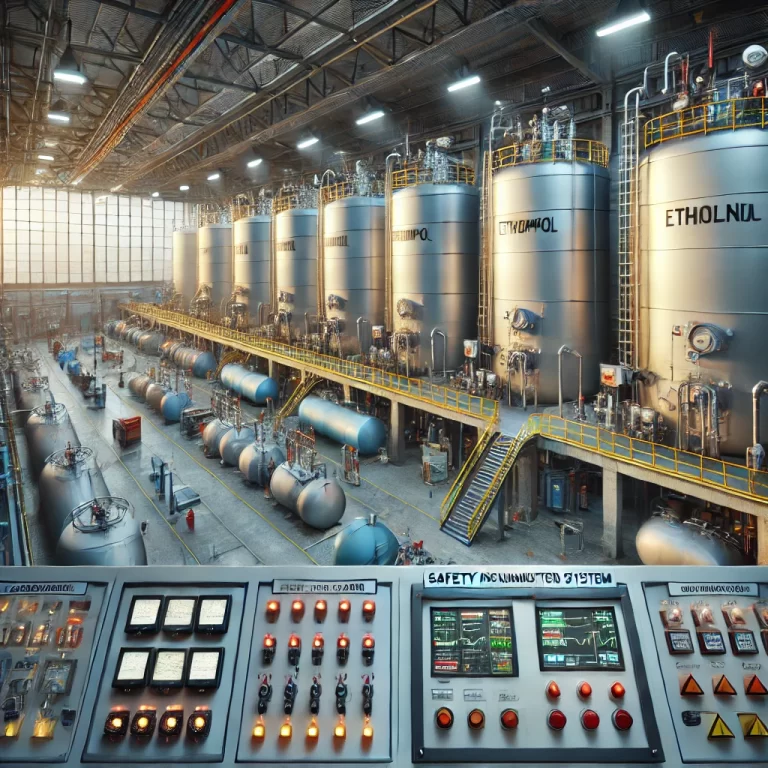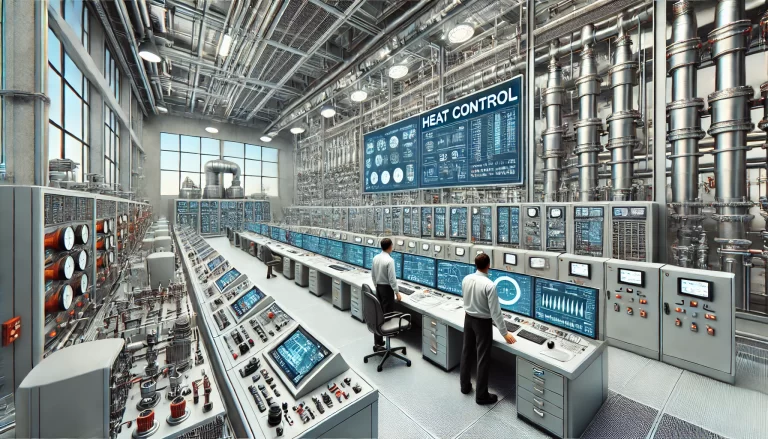Accurate measurement data is the cornerstone of reliability and safety in industrial production, scientific research, and everyday engineering applications. Whether it involves monitoring temperature, pressure, flow, or liquid level, the accuracy of measurement instruments directly impacts the validity of results. For this reason, understanding and mastering the concept of instrument accuracy is a fundamental skill for engineers and users alike.
1. Definition of Instrument Accuracy
Instrument accuracy refers to the degree of correctness of measurement results and is typically expressed as a percentage. This percentage indicates the maximum possible error of the instrument within its specified measurement range. The smaller the accuracy rating, the closer the measurement is to the true value and the smaller the error.
For example, if an instrument has an accuracy of 0.1%, it means that within a range of 100 units, the maximum permissible error is 0.1 units. Instruments with high accuracy are generally employed in scenarios requiring high precision, while those with lower accuracy are sufficient for applications with less stringent error tolerances.

2. Classification of Accuracy Levels
In practice, accuracy levels of instruments are typically classified based on national or international standards. Common accuracy levels in industrial instruments include 0.05%, 0.1%, 0.2%, 0.5%, 1.0%, and 2.5%. The smaller the numerical value, the higher the measurement precision.
Choosing an Accuracy Level
Industrial Applications: Instruments used in industrial production generally have accuracy levels between 0.1% and 1.0%. These are sufficient for tasks such as monitoring temperature, pressure, and flow rates to ensure operational reliability.
Scientific Research: Precision measurement instruments in research or high-tech manufacturing often require accuracy levels of 0.05% or lower. Such instruments are critical in fields like chemical analysis or physical experiments to ensure the reliability of experimental data.
The formula for calculating accuracy is:
Accuracy Level = (Maximum Absolute Error / Instrument Range) × 100%
3. Accuracy vs. Precision
Accuracy and precision are often confused but represent distinct concepts:
Accuracy: How close a measurement result is to the true value.
Precision: The consistency of repeated measurements of the same object.
For instance, an instrument with high precision may yield consistent results for multiple measurements. However, if the instrument is poorly calibrated, these results could still deviate significantly from the true value. Thus, both accuracy and proper calibration are essential.

4. Selecting the Right Accuracy Level
Choosing an appropriate accuracy level is crucial for balancing cost, efficiency, and reliability.
4.1 Industrial Applications
In industrial settings, accuracy levels between 0.1% and 1.0% often suffice. For example, pressure and flow instruments used in process control or equipment monitoring typically require an accuracy of 0.5%. Using higher accuracy instruments in such scenarios can unnecessarily increase costs without substantial benefit.
4.2 Scientific Research
In scientific experiments, accuracy requirements are generally higher. Instruments with accuracy levels of 0.05% or better are used to ensure precise data collection. For example, in physics experiments or chemical analysis, even minor errors can lead to significant discrepancies in results.
4.3 High-Accuracy Challenges
While high-accuracy instruments provide superior measurements, they also come with challenges:
Cost: High-precision instruments are more expensive to manufacture and maintain.
Sensitivity: They are often more sensitive to environmental factors, such as temperature and humidity.
Calibration: Regular and meticulous calibration is necessary to maintain accuracy.
In scenarios where high accuracy is unnecessary, opting for overly precise instruments can lead to wasted resources.

5. Factors Affecting Instrument Accuracy
Instrument accuracy is influenced by both internal design and external environmental factors. Key considerations include:
Temperature Stability: Instruments should maintain accuracy within the designated temperature range. Instruments used in fluctuating temperature conditions may require temperature compensation features.
Calibration and Adjustment: Regular calibration ensures that instruments continue to provide accurate results. This is especially critical for high-accuracy instruments.
Power Supply Stability: Variations in power supply can introduce errors in electronic instruments. Using a stable power source with filtering capabilities can mitigate such issues.
Mechanical Vibrations: Vibrations can disrupt readings, particularly in sensitive instruments. Proper mounting and vibration dampening measures should be implemented.
6. Practical Examples
Industrial Example:
A pressure transmitter in a production line with a range of 0-200 psi and an accuracy of 0.5% has a maximum error of 1 psi. This level of accuracy is sufficient for most process monitoring tasks, such as maintaining consistent pressure in pipelines.
Scientific Example:
In a chemical laboratory, a mass spectrometer requiring 0.01% accuracy is used to analyze molecular compositions. Here, high accuracy is critical to obtain reliable experimental data.

7. Summary
Instrument accuracy is a vital parameter for ensuring reliable and precise measurements. Selecting the right accuracy level depends on the application—balancing precision, cost, and practicality.
For industrial applications, mid-range accuracy is typically sufficient to ensure operational safety and efficiency.
For scientific research, high accuracy is paramount to maintain the integrity of experimental results.
By understanding the factors influencing accuracy and adopting best practices for selection, calibration, and maintenance, users can maximize instrument performance and ensure reliable data across various applications.
Incorporating real-world examples and detailed explanations, this article aims to empower engineers, researchers, and users with the knowledge to make informed decisions when it comes to instrument accuracy. Whether you are in a factory or a lab, the right choice can significantly enhance productivity and safety.
